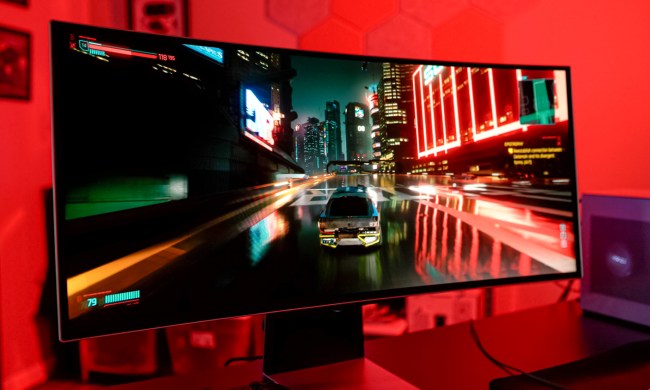Nvidia is one of the richest companies in the world, so it’s no surprise that the company’s CEO, Jensen Huang, is quite wealthy. The most recent net worth numbers from Forbes puts into context just how wealthy the executive really is, though. Huang has an estimated net worth of $109.2 billion, which is around $13 billion more than the market cap of Intel across the entire company.
Although Nvidia makes some of the best graphics cards, the obscene amount of money the company has racked up over the past two years stems from its AI accelerators. In 2020, Forbes estimated that Huang was worth $4.7 billion, and even in 2023, after ChatGPT had already exploded onto the scene, the executive was worth $21.1 billion. Now, Huang is the 11th richest person in the world, outpacing Bill Gates, Michael Dell, and Michael Bloomberg.
Huang and other Nvidia executives are making good on that value, too. Earlier this month, Nvidia executives sold almost 11 million shares, accounting for $1.8 billion. Huang aso cashed in $713 million in shares, according to Bloomberg.
Intel, meanwhile, has its lowest market cap since December 2008, during the housing market crash. During that time, Intel’s market cap dipped to $71 billion. The company peaked in early 2000 with a market cap over $500 billion, and it sat around $250 billion throughout 2020 and 2021. The dip now comes on the back of financial troubles within Intel, which has prompted shareholders to sue the company and Intel to split its Foundry business into its own subsidiary.
Comparing net worth to market cap isn’t exactly one-to-one — and at some level, these two numbers themselves represent value more so than actual money. However, it puts into context just how massive Nvidia has become over the past year. Nvidia’s market cap is over $3 trillion, making it the third-richest company in the world. Nvidia is worth more than Google and Amazon, and it’s worth more than Walmart, Tesla, Visa, and Netflix combined.
It certainly helps that the top two richest companies in the world, Microsoft and Apple, have spent big with Nvidia over the past few years. Microsoft has been clear that Nvidia GPUs are the backbone of the infrastructure that built ChatGPT, and with AI continuing to be a hot commodity, Nvidia shows no signs of slowing down. However, the recent share sale from Nvidia’s executives suggests the boom may not last forever.





